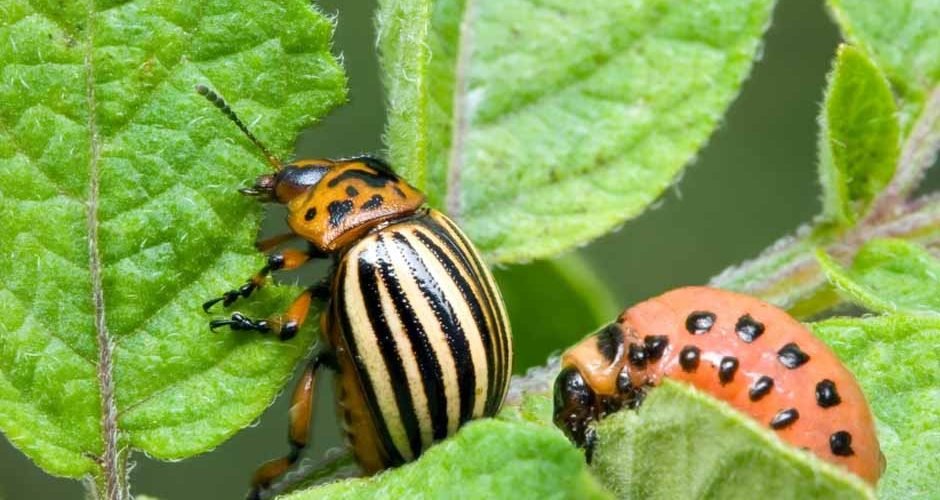Traditional pest control methods often rely on the use of chemical pesticides, which can pose risks to human health and the environment. Integrated Pest Management (IPM) offers a holistic and sustainable approach to pest control, focusing on prevention, monitoring, and targeted interventions.
In this comprehensive guide, we’ll explore the principles of IPM and provide practical tips for achieving a pest-free living space while minimizing environmental impact and safeguarding health.
Understanding Integrated Pest Management (IPM)
Integrated Pest Management (IPM) is a systematic approach to pest control that emphasizes proactive strategies to prevent pest infestations and minimize reliance on chemical pesticides.
Unlike conventional pest control methods that primarily focus on eliminating pests through the use of chemical treatments, IPM incorporates a combination of preventive measures, monitoring techniques, and intervention strategies tailored to specific pest species and environmental conditions.
Key Components of IPM
Prevention, monitoring, identification, and intervention. These are the 4 key components of IPM and are the crucial steps for ensuring a pest-free home.
Step 1: Prevention
The first step in IPM is to prevent pest infestations from occurring in the first place.
This includes implementing measures to deny pests access to food, water, and shelter by sealing cracks and crevices, repairing leaks, and maintaining cleanliness and hygiene in living spaces.
Addressing underlying conditions that attract pests will go a long way in reducing the likelihood of infestations. Avoiding having cluttered spaces and keeping moisture out are great starting points.
Step 2: Monitoring
Regular monitoring is essential for early detection of pest activity and identification of potential infestation risks.
This involves inspecting living spaces, storage areas, and outdoor environments for signs of pests, such as droppings, tracks, and nests.
Identify pest hotspots and monitor population trends so you can intervene before it’s too late.
Step 3: Identification
Accurate identification of pest species is critical for developing targeted intervention strategies that effectively control pests while minimizing environmental impact.
Consult with pest control professionals or reference guides to help you identify pests and understand their behavior, life cycle, and habitat preferences.
Step 4: Intervention
When pest activity exceeds acceptable thresholds despite preventive measures, targeted interventions may be necessary to control infestations.
IPM emphasizes the use of non-chemical control methods, such as physical barriers, traps, and biological controls, whenever possible. However, chemical pesticides can be used as a last resort and applied judiciously by IPM principles to minimize risks to human health and the environment.
7 Practical Tips for Implementing IPM
- Seal Entry Points: Prevent pests from entering your home by sealing cracks, gaps, and openings around windows, doors, and utility penetrations. Use weather stripping, caulk, or mesh screens to block potential entry points and deny pests access to indoor environments.
- Maintain Cleanliness: Keep living spaces clean and free of clutter to eliminate food sources and hiding places for pests. Regularly clean your countertops, floors, and storage areas, and store food items in airtight containers to prevent pest access. Dispose of garbage promptly and maintain proper sanitation practices to deter pests from infesting your home.
- Eliminate Standing Water: Remove sources of standing water, such as leaky faucets, clogged drains, and stagnant pools, to prevent pests like mosquitoes and cockroaches from breeding. Repair leaks, unclog drains, and maintain proper drainage to reduce moisture levels and discourage pest activity.
- Practice Proper Storage: Store belongings and food items in sealed containers and elevated shelves to minimize pest access. Inspect packages and shipments for signs of pests before bringing them indoors, and promptly dispose of cardboard boxes and packaging materials to prevent pests from finding a place to live.
- Implement Mechanical Controls: Utilize mechanical controls, such as traps, barriers, and exclusion devices, to capture or deter pests without the use of chemical pesticides. Choose traps and baits designed specifically for the target pest species and place them in areas of high pest activity for maximum effectiveness.
- Consider Biological Controls: Explore biological control options, such as natural predators, parasites, and pathogens, to manage pest populations sustainably. Biological controls can help maintain pest populations at manageable levels without the need for chemical pesticides, reducing environmental impact and preserving beneficial insect species.
- Consult Pest Control Professionals: Seek guidance from licensed pest control professionals who specialize in IPM and have expertise in identifying, monitoring, and managing pest infestations. Pest control professionals can conduct thorough inspections, develop customized pest treatment plans, and provide ongoing monitoring and support to ensure effective pest management.
Integrated Pest Management (IPM) offers a holistic and sustainable approach to pest control, emphasizing prevention, monitoring, and mechanical or biological controls rather than wide-scale use of chemicals. By implementing IPM principles and adopting practical strategies for pest prevention and management, homeowners can achieve a pest-free living space while minimizing environmental impact and safeguarding health.





